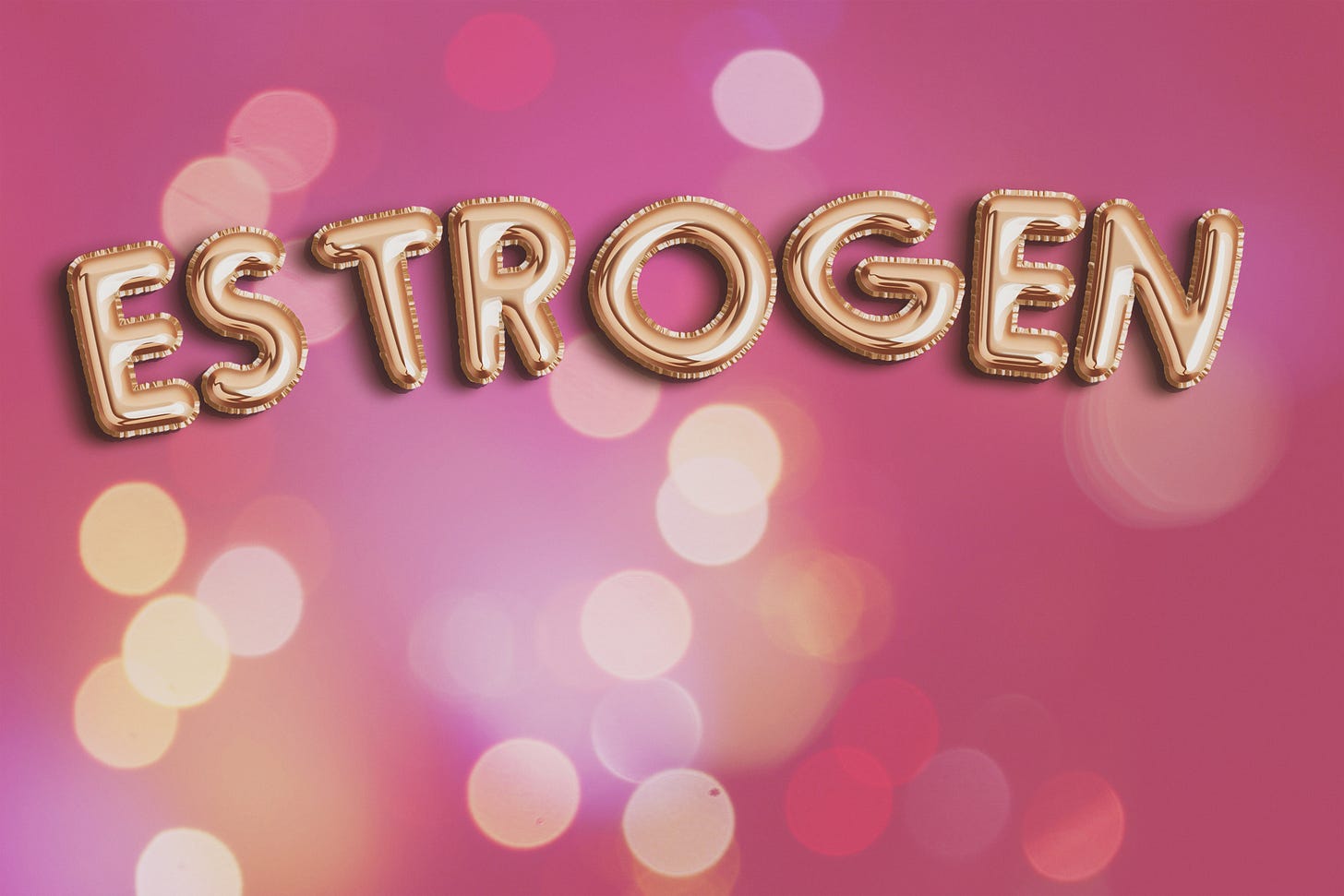A Deeper Dive into Vaginal Estrogens
What you need to know, and answering your questions
Getty Images
Now that we have had an introduction to the therapies for genitourinary syndrome of menopause or GSM (in this post), let’s take a closer look at the different products. Here we’ll address the different vaginal estrogens, and in the next post, we’ll discuss vaginal DHEA and oral ospemifene. There were several questions in the last post, so I will answer most of them (I think) as I go.
We’re starting with vaginal estrogen as it is considered to be the gold standard for genitourinary syndrome of menopause (GSM) and, in most cases, is what will be offered as first-line therapy. This doesn’t mean that vaginal DHEA or oral ospemifene aren’t good options, and for some people, they may be the preferred therapy.
Knowing about all the therapies is a good idea, as treating GSM requires lifelong therapy. Knowing your options lets you find the product that fits your lifestyle best. But remember, this isn’t a permanent choice; you can switch down the road if what you are using no longer best suits your needs.
How Do You Choose a Vaginal Estrogen?
There are only a few head-to-head studies with the currently available vaginal estrogen products, so telling someone which therapy performs “the best” (meaning how many people have an improvement in their symptoms or how much they improve with one therapy versus another therapy) isn’t really possible. Also, each product feels different, and whether that’s a good feel or a bad feel is subjective. Because we don’t have a lot of data comparing the products, I tend to focus on three factors when deciding on vaginal estrogen: the physical product (the application system and how the product feels), the dose of estrogen, and the symptoms that require treatment. And, of course, especially in the United States, the cost is a major factor. We’ll discuss estrogen receptor-positive breast cancer in another post, so this all pertains to people without that history.
The Physical Products
There are three basic delivery systems for getting estrogen into the vagina:
Vaginal inserts–tablets and softgels that are used initially every day for 14 days, then twice a week.
A vaginal ring that is changed every three months
Vaginal cream (estradiol and conjugated equine estrogens or Premarin in the United States), used initially for 14 days, then twice a week.
When I start a discussion about vaginal estrogen (which is almost every day) with a patient, I begin with the application systems because I find many people have strong opinions, especially about the ring and the cream. The ring especially seems to evoke a love-it-or-hate-it response. For some, the idea of cream feels great and soothing, while for others, it is just too messy. If you travel a lot, there is the issue of creams counting as liquids, so it might not work in your carry-on as the tube is larger than the allotted size. One advantage of the ring is not needing to remember a twice-week long-term dosing schedule, which is not intuitive.
If there are strong opinions regarding the ring or cream, it helps to narrow things down significantly! I do tell people that in an open-label study comparing the ring and Premarin cream, overall, the ring had higher favorability ratings.
Dosing: General Information
Estrogen can be absorbed from the vagina into the blood, so it’s important when using a vaginal product to know if that is happening in any significant amount. If excessive amounts of estrogen are absorbed, then the product is not just a local therapy; it’s a systemic therapy and needs to be treated like menopause hormone therapy (MHT). For women with a uterus, absorbing too much estrogen increases their risk of precancer and cancer of the uterus.
Previous studies on how much is absorbed have been hampered by our ability to detect very low levels of estradiol, the estrogen in most of these products. The technology has advanced and so we now have better data. We used to think estradiol levels below 20-30 pg/ml were in the menopausal range. If estradiol levels remained in that range with vaginal estrogen, we felt no significant absorption was occurring. With the newer technologies, the estradiol level in the menopausal range is < 11 pg/ml. With this new information in mind, seeing how the therapies stack up is important.
Two caveats regarding estradiol levels in the blood. This is done for research purposes only. Also, estradiol levels can’t be used to assess absorption of Premarin vaginal cream as Premarin contains many estrogens and even likely some compounds that act like selective estrogen receptor modulators. In studies, researchers also look at levels of FSH (follicle-stimulating hormone) and lipids to see if vaginal estrogen is being absorbed.
Vaginal Estradiol Inserts and the Ring
There are two different kinds of vaginal inserts, estradiol 10 mcg tablets (trade name Vagifem, generic is available) and estradiol softgels in a 4 and 10 mcg dose (trade name Imvexxy). The ring delivers 7.5 mcg of estradiol daily (the trade name is Estring, not generic). These products are all considered low dose.
These products have all been shown to be effective for GSM. Here’s how they stack up
Keep reading with a 7-day free trial
Subscribe to The Vajenda to keep reading this post and get 7 days of free access to the full post archives.




